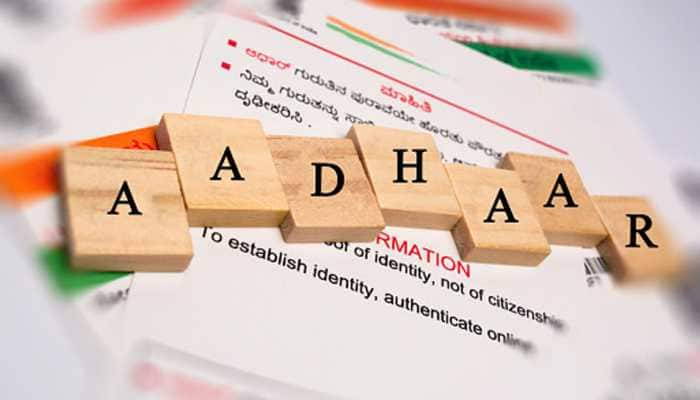In times of fashionable bracelets, Bharatpur keeps the tradition of bangle making alive
The delicate process of bangle making involves putting glass boulders in an insulating machine which melts it to help the craftsmen mould it into the desired shape.
Trending Photos
) Photo: Zee Media
Photo: Zee Media BHARATPUR: Moulding a glass in the shape you desire is an art and to watch it go through the transformation is nothing less than pure bliss.
At a time when stylish bracelets are the 'in thing', the men and women of Bharatpur, a small town in Rajasthan, are doing their best to keep the tradition of making glass bangles alive.
"I have been making bangles for the past forty years. My father taught me the art when I was very young," Bablu fondly recalls.
The delicate process involves putting glass boulders in an insulating machine which melts it to help the craftsmen mould it into the desired shape. To make bangles, they use wooden cylindrical objects with the help of which they can give shape to the glass.
"We get the glass from Firozabad. 37 kg glass costs us something around Rs 1500. With 37 kg glass, we can create nearly 1,000 bangles," Bablu, a craftsmen from Bharatpur states.
What next after these artists make these bangles? "We take them to Jaipur and Ajmer to sell them. However, it is the Kaleo Devi mela which is our most sought-after destination to sell these bangles," he added.
With the entire repository flooded with green bangles, the obvious question to ask was: Why are only one-colour bangles made here?
It is for a reason - an economic one.

Ramesh, another craftsman at the unit elaborated on how there is a price difference between making bangles of different colours. "Making red bangles is the most expensive of all so we avoid making those. We go for green because if not red, it is the most preferred colour among women," Ramesh said.
While the green glass is available at a cost of Rs 1500, the same quantity of red glass costs Rs 5500. Yellow, they say, is the cheapest of the lot and can be purchased at Rs 1300 per 37 kgs.
Supporting the men of the house are the women who tie the bangles into bundles of 250 and 500 to be taken to the markets and fairs.
The bangles are priced differently but mostly, a pack of 250 bangles fetches Rs 110 for these makers.

Image: The old set up for making bangles
The process to give shape to the glass, was once an extremely taxing job. Their faces and clothes would be blackened in the process by the end of the day by sitting near the bhatti (insulator).
However, they say it has now become much simpler. Lupin Foundation sought the help of Indian Institute of Technology - Delhi to design a machine for these craftsmen.
The new set up retains the heat and makes it bearable for these artists to sit near the insulator. The design has small windows on all sides through which glass is inserted, melted and taken out. Since the heat remains in the machine itself, these bangle makers are shielded from the heat that the wood shreds and coal generates in this new-generation bhatti.

Image: The new set up designed by IIT-Delhi
"We thank Lupin for this huge support. It is only because of them that we are still able to carry on with this art. Our production capacity has also immensely increased," Ramesh explains.
"We could only work for a limited time due to the extreme heat in summers. But the conditions are way better now," he adds.
What is troubling them, however, is that while they followed the traditions their forefathers taught them, the next generation is not willing to learn the craft.
They want their children to grow and prosper, even move out of the town if they get good opportunities. But at the same time, also learn the art of bangle making from them so that the tradition doesn't end with the end of this generation.
Stay informed on all the latest news, real-time breaking news updates, and follow all the important headlines in india news and world News on Zee News.
Live Tv







)
)
)
)
)
)
)
)
)
)
